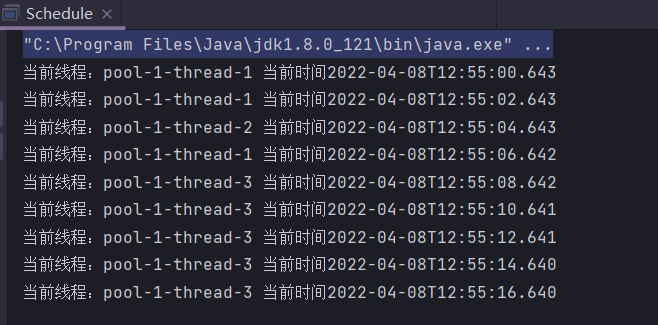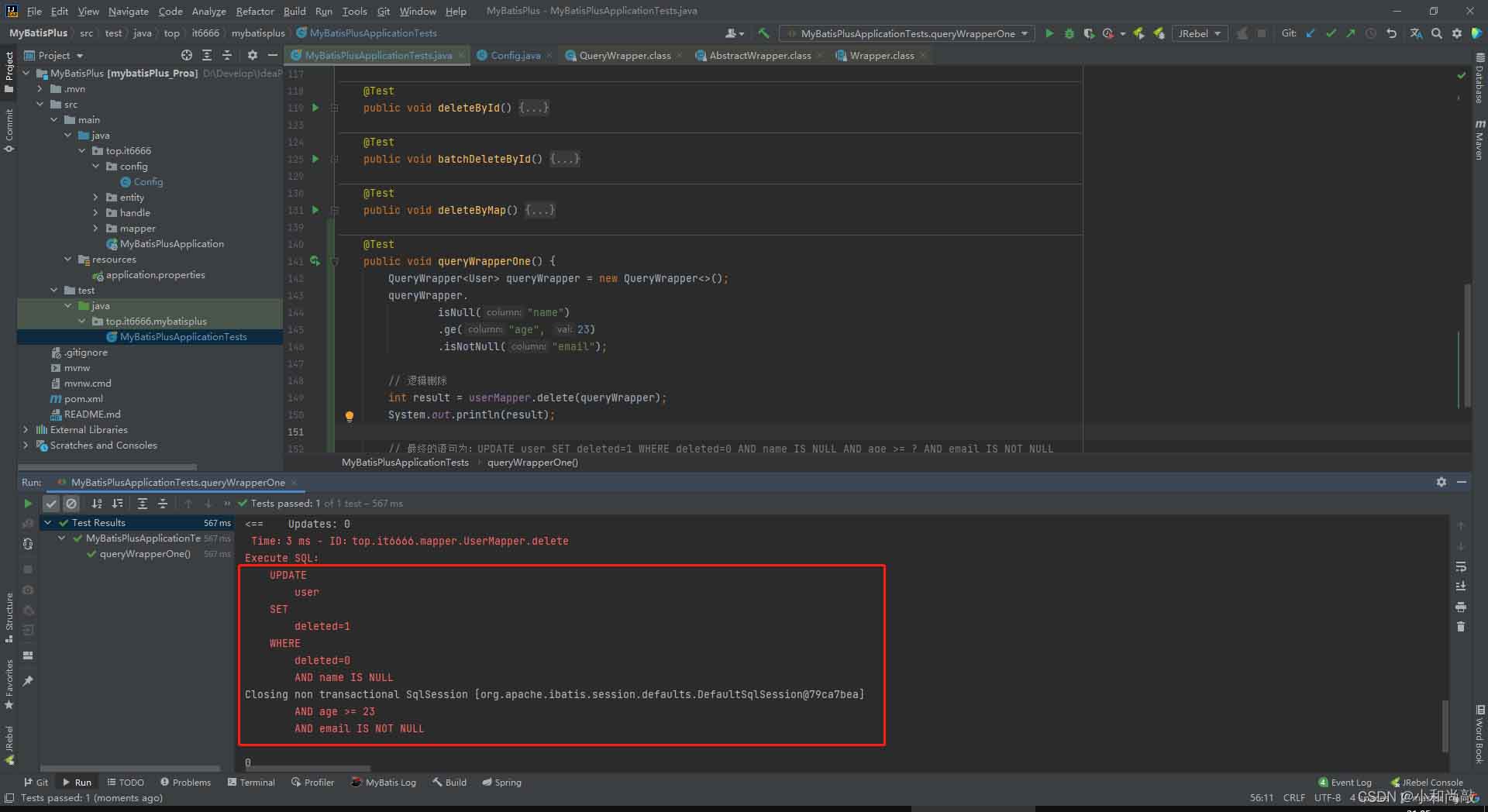虽然现在流行前后端分离,但是后端模版在一些关键地方还是非常有用的,例如邮件模版、代码模版等。当然也不排除一些古老的项目后端依然使用动态模版。Thymeleaf简洁漂亮、容易理解,并且完美支持HTML5,可以直接打开静态页面,同时不新增
1. User实体类
注:这里使用了 Lombok 技术,通过 @Data 注释自动创建 get,set 方法;通过 @NoArgsConstructor 注释自动创建无参数的构造方法;通过 @AllArgsConstructor 注释自动创建有参数构造方法
如果不想使用,可以自行创建get,set 方法以及构造方法
import jdk.nashorn.internal.objects.annotations.Constructor;
import lombok.AllArgsConstructor;
import lombok.Data;
import lombok.NoArgsConstructor;
@NoArgsConstructor
@AllArgsConstructor
@Data
public class User {
private String userName;
private String password;
}2. Controller 类
创建一 user 的 list ,使用 addAttribute() 方法将其放入 medol 中,以便前端取出 medol 中的数据
注意:thymeleaf解析不能带 html 后缀,因此转发到 table下的dynamic_table.html 文件要写成 return "table/dynamic_table";
package com.wanqing.admin.controller;
import com.wanqing.admin.bean.User;
import org.springframework.stereotype.Controller;
import org.springframework.ui.Model;
import org.springframework.web.bind.annotation.GetMapping;
import java.util.Arrays;
import java.util.List;
@Controller
public class TableController {
@GetMapping("/dynamic_table")
public String dynamic_table(Model model){
// 表格内容的遍历
List<User> users = Arrays.asList(new User("刘婉晴", "520131"),
new User("加油","aaa"),
new User("不可以放弃","come on"));
model.addAttribute("users", users);
return "table/dynamic_table"; // thymeleaf解析不能带 html 后缀
}
}3. html文件
创建 dynamic_table.html 文件在 templates 的 table 文件夹下
得到后端传入的数据的语法为 ${要操作的后端传入的数据}
- 使用
th:each="user:${users}"遍历得到每个 user。 - 取出每个 user 值放入表格中时 可以使用
th:text="${user.userName}"也可以使用[[${user.password}]]
注: stats 为自增 id,用于记录遍历到第几个 user,得到数量的方法为th:text="${stats.count}",用 逗号 与 user 隔开
<!--body wrapper start-->
<div class="wrapper">
<div class="row">
<div class="col-sm-12">
<section class="panel">
<div class="panel-body">
<div class="adv-table">
<table class="display table table-bordered table-striped" id="dynamic-table">
<thead> <!--标头-->
<tr>
<th>#</th>
<th>用户名</th>
<th>密码</th>
</tr>
</thead>
<tbody> <!--标体-->
<tr class="gradeX" th:each="user,stats:${users}">
<td th:text="${stats.count}">Trident</td>
<td th:text="${user.userName}">Internet</td>
<td>[[${user.password}]]</td>
</tr>
</tbody>
</table>
</div>
</div>
</section>
</div>
</div>
</div>
<!--body wrapper end-->到此这篇关于SpringBoot使用thymeleaf实现前端表格的文章就介绍到这了,更多相关SpringBoot thymeleaf内容请搜索编程学习网以前的文章希望大家以后多多支持编程学习网!
本文标题为:SpringBoot使用thymeleaf实现前端表格


- 基于Java Agent的premain方式实现方法耗时监控问题 2023-06-17
- Spring Security权限想要细化到按钮实现示例 2023-03-07
- JSP 制作验证码的实例详解 2023-07-30
- Java实现顺序表的操作详解 2023-05-19
- ExecutorService Callable Future多线程返回结果原理解析 2023-06-01
- Java中的日期时间处理及格式化处理 2023-04-18
- JSP页面间传值问题实例简析 2023-08-03
- 深入了解Spring的事务传播机制 2023-06-02
- SpringBoot使用thymeleaf实现一个前端表格方法详解 2023-06-06
- Springboot整合minio实现文件服务的教程详解 2022-12-03









